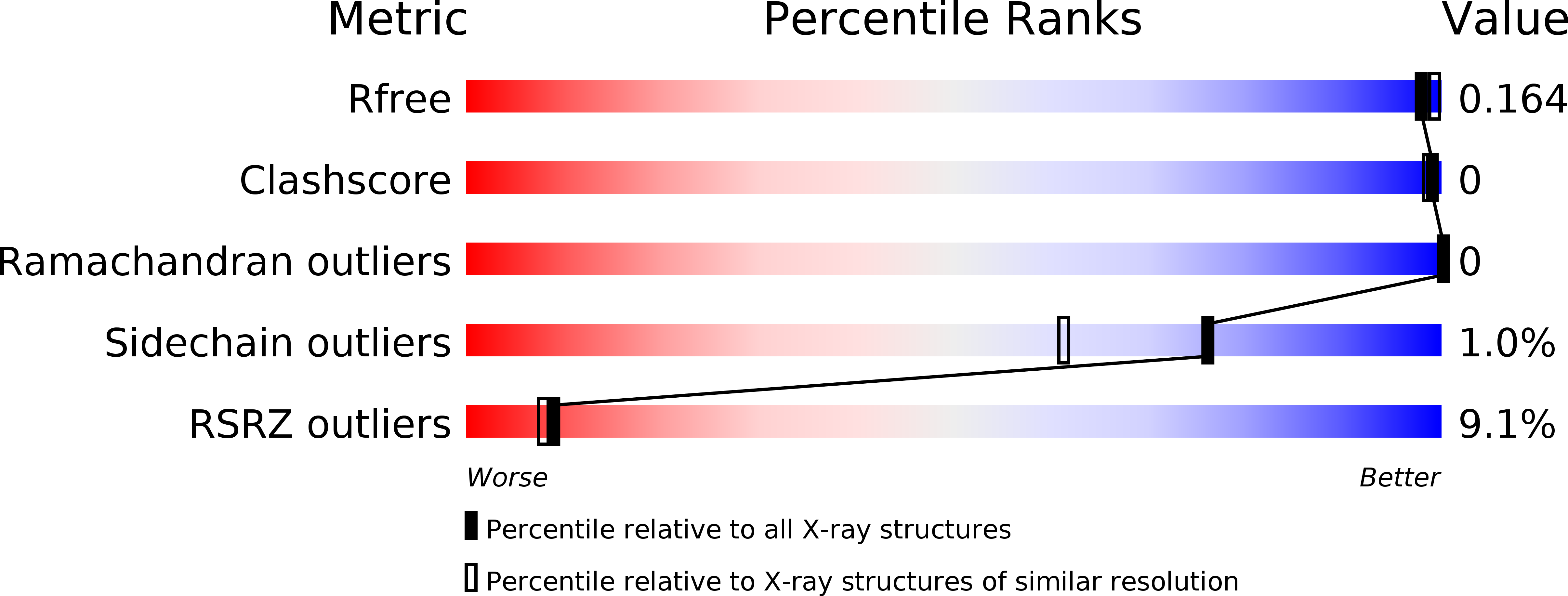
Deposition Date
2014-09-26
Release Date
2015-05-13
Last Version Date
2024-10-23
Entry Detail
PDB ID:
4WIQ
Keywords:
Title:
The structure of Murine alpha-Dystroglycan T190M mutant N-terminal domain.
Biological Source:
Source Organism:
Mus musculus (Taxon ID: 10090)
Host Organism:
Method Details:
Experimental Method:
Resolution:
1.59 Å
R-Value Free:
0.16
R-Value Work:
0.14
R-Value Observed:
0.14
Space Group:
H 3


